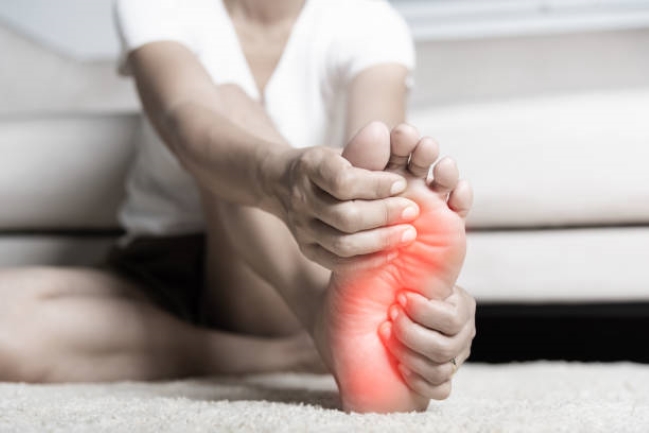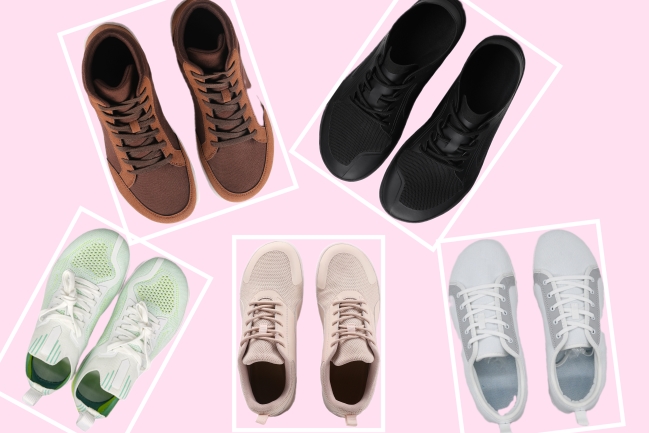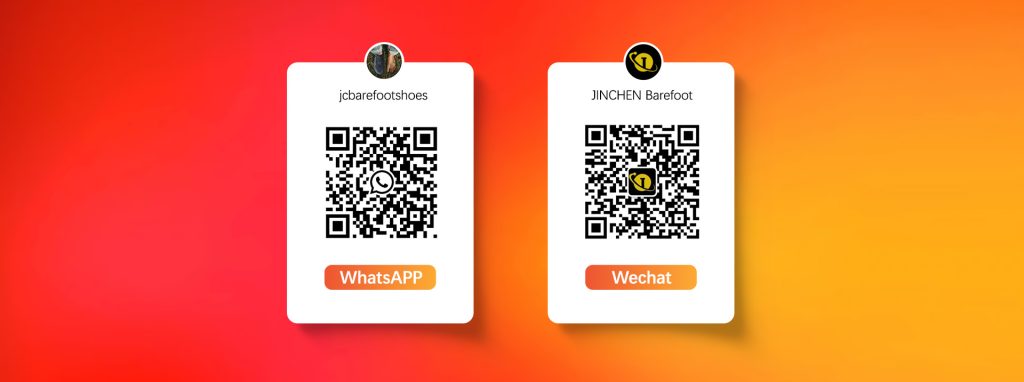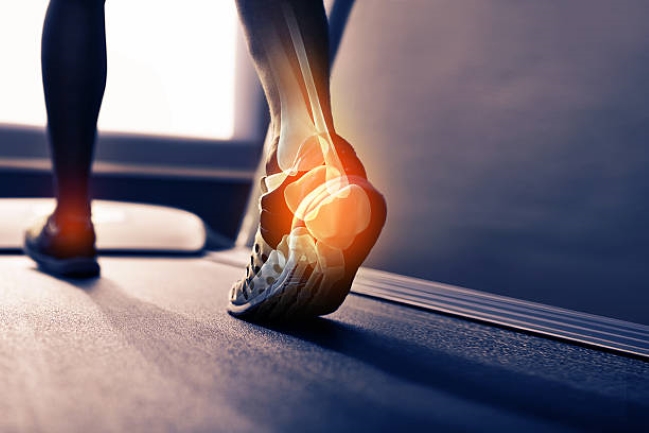Every day when I get up, I put on my shoes and go out to work, exercise, pick up my children, buy groceries… Shoes are almost a necessity in modern life. But have you ever thought that the shoes you wear every day might be quietly hurting your feet?
The feet are the only part of our body that comes into contact with the ground and also the fundamental structure that supports the entire body. Ironically, most modern shoes are not designed for “foot health”, but rather compromise on respect for the natural structure of the feet for “appearance”, “support” and even “marketing”.
In this article, we will reveal how ordinary shoes gradually weaken the function of your feet and help you identify those signs that seem “normal” but are actually red flags for your foot health.
Are Modern Shoes Really Foot-Friendly?
The human foot is a complex, dynamic structure with 26 bones, 33 joints, and over 100 muscles, tendons, and ligaments. It’s built to adapt, sense, and support.
But modern shoes often:
Narrow the toe box — squeezing your toes together unnaturally.
Add arch support and cushioning — weakening the foot’s natural muscles over time.
Have thick, rigid soles — reducing the sensory input from the ground.
Elevate the heel — shifting posture and stressing the knees, hips, and spine.
Rather than supporting your feet, many shoes disable them — turning active, sensory-rich feet into passive, braced structures.
5 Body Signals Your Shoes May Be Harming You
You might think, “My feet are fine,” but in fact, problems with the feet often manifest throughout the body.
The following common signs may indicate that your shoes are harming your feet:

Have you ever experienced: a sharp pain in your heel when you step out of bed for the first time in the morning, and it only eases after a few steps?
This is very likely plantar fasciitis. One of the common reasons is that the shoes provide excessive support or the heel is too high, causing the plantar fascia to be constantly stretched and inflamed.
🦵 Chronic knee pain or back and waist pain? The misalignment of the sole of the foot affects the entire chain
When the toes cannot spread naturally, the arch of the foot collapses or rotates inward, the ascending structure of the body begins to compensate. As a result, the knee joint, hip joint and lumbar vertebrae all have to “help out”, and over time, chronic pain is caused.
🦶 Is the pinky toe gradually “disappearing”? The toe of the shoe is too narrow, causing deformation
If your little toe is curling under or being pushed outward, it’s likely due to narrow shoes. This limits stability, balance, and natural toe spread — crucial for posture.
🔥 Long-term calluses, corns or bunions? The result of friction and pressure
This is all the result of shoes not matching the shape of the feet for a long time. The body produces keratin to protect the local compression area, but this is compensation rather than cure.
😓 Get tired after walking for a while? Your feet are no longer “working” for you
When the muscles in the feet lose strength due to the “excessive protection” of shoes, walking changes from an “automatic physical activity” to a “fatigue task”. Your feet are deteriorating, but you don’t notice it.

Are You Also a Victim? A Quick Self-Check Checklist
Here are some tests you can do immediately:
1️⃣Can the toes naturally spread out and touch the ground when standing barefoot?
2️⃣After taking off the shoes, are there any obvious indentations or red marks on the feet?
3️⃣After wearing shoes all day long, do you feel the relief of your feet being “liberated”?
4️⃣Are you accustomed to relying on the thickness of the sole and the “air cushion” for cushioning rather than the elasticity of your feet?
5️⃣Have you never paid attention to whether your toes can move independently?
If you answer more than two “yes” to the above questions, then the shoes you are wearing might be hurting your feet.
What Exactly Are "Good Shoes for the Feet"?
What feet need is not “more protection”, but “fewer restrictions”. So in recent years, the concept of Barefoot Shoes has been attracting more and more people’s attention.
A good pair of shoes should have the following features:
✅ Zero Drop: The heel should not be higher than the forefoot to maintain the natural center of gravity of the body.
✅ Wide Toe Box: Gives your toes sufficient space to stretch.
✅ Flexible Sole: It can bend naturally and the feet can fully participate in gait.
✅No excessive support structure: Encourage the foot muscles to exert force independently.
In other words, good shoes should not “walk for you”, but rather help your feet “learn to walk” again.

How to Transition Safely to Barefoot Shoes?
Don’t rush to change all your shoes, nor go for a marathon right away. The correct transition methods include:
▶Start by walking barefoot indoors and let your feet feel the ground again.
▶Gradually replace your daily shoes with wide-toed shoes with no drop.
▶Practice exercises such as toe grip, arch activation, and foot massage.
▶When you first start wearing barefoot shoes, get used to them for a short period of time (such as 30 minutes a day) and gradually increase the time.
Feet Are the Starting Point of Health — Don't Let Shoes Become a "Chronic Poison"
The shoes you wear every day are the “tools” you come into contact with for the longest time each day. It affects not only your walking posture, but also your sense of balance, fatigue level, joint health, and even brain neural feedback.
If you feel that you are “always uncomfortable somewhere”, you might as well look down at your feet and then at the shoes you are wearing.
Perhaps your body has long sent out an alarm, but you just didn’t hear it.
👣 Who Are We?
We are a barefoot shoe manufacturer dedicated to restoring the natural functions of human feet, specializing in creating wide toe boxes, zero drop, and flexible and natural barefoot shoes.
We firmly believe that feet are an extension of the brain, and wearing the right shoes is the first step towards self-repair.
Welcome to join the barefoot walking lifestyle, giving your feet and yourself more freedom.
If you need recommendations for barefoot shoes that suit you, advice on transition exercises or more health information, please visit our official website or follow our public account.




